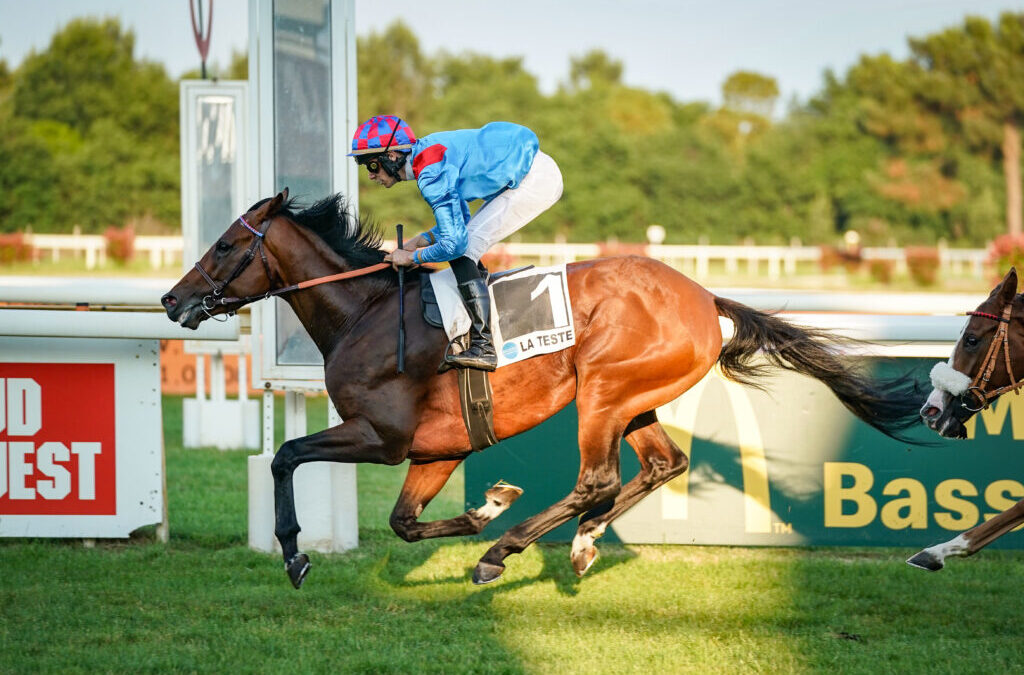Why should we be interested in locomotion data?
Locomotion data helps us to understand how a horse moves around the track, providing valuable information about his physical ability, fitness and potential. Every horse has his own stride, and the way in which his canter is constructed varies little throughout his life. By looking at the parameters of stride frequency and stride length at a fixed speed, we can obtain indications of a horse’s theoretical preferred distance.
The higher the stride frequency, the shorter the theoretical distance
Why?
Mechanically, a sprinter who repeats his stride at a high stride frequency will show fast acceleration but energy consumption, making it difficult to sustain over time. Physiologically, the horse’s respiratory rhythm matches its stride: it inhales during the projection phase and exhales when it gallops. A horse with a long stride will be able to breathe more deeply with each stride, enabling it to sustain its effort for longer.
According to a scientific study, there are 5 theoretical locomotor profiles based on a cadence of 60 km/h on grass on good ground.

And when the track climbs or the terrain becomes heavier?
Horses will tend to shorten their stride and therefore increase their stride frequency: in the graph above, the stride frequency graduations therefore shift to the left.
Of course, this is all hypothetical and is just meant to provide context. Horses are the first to prove the theory wrong, and the best horses are capable of running any distance…
Key words: locomotion data, physical aptitude, stride frequency, stride length, sprinter, miler, stayer, locomotor profile, racehorses,…

